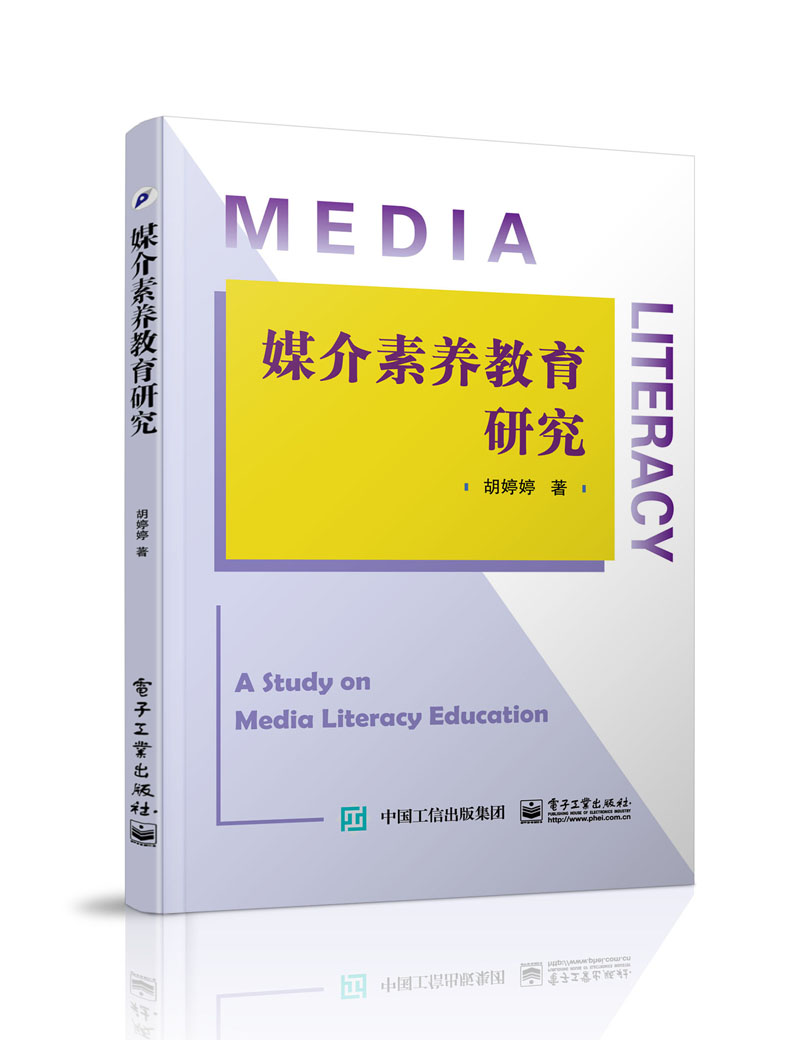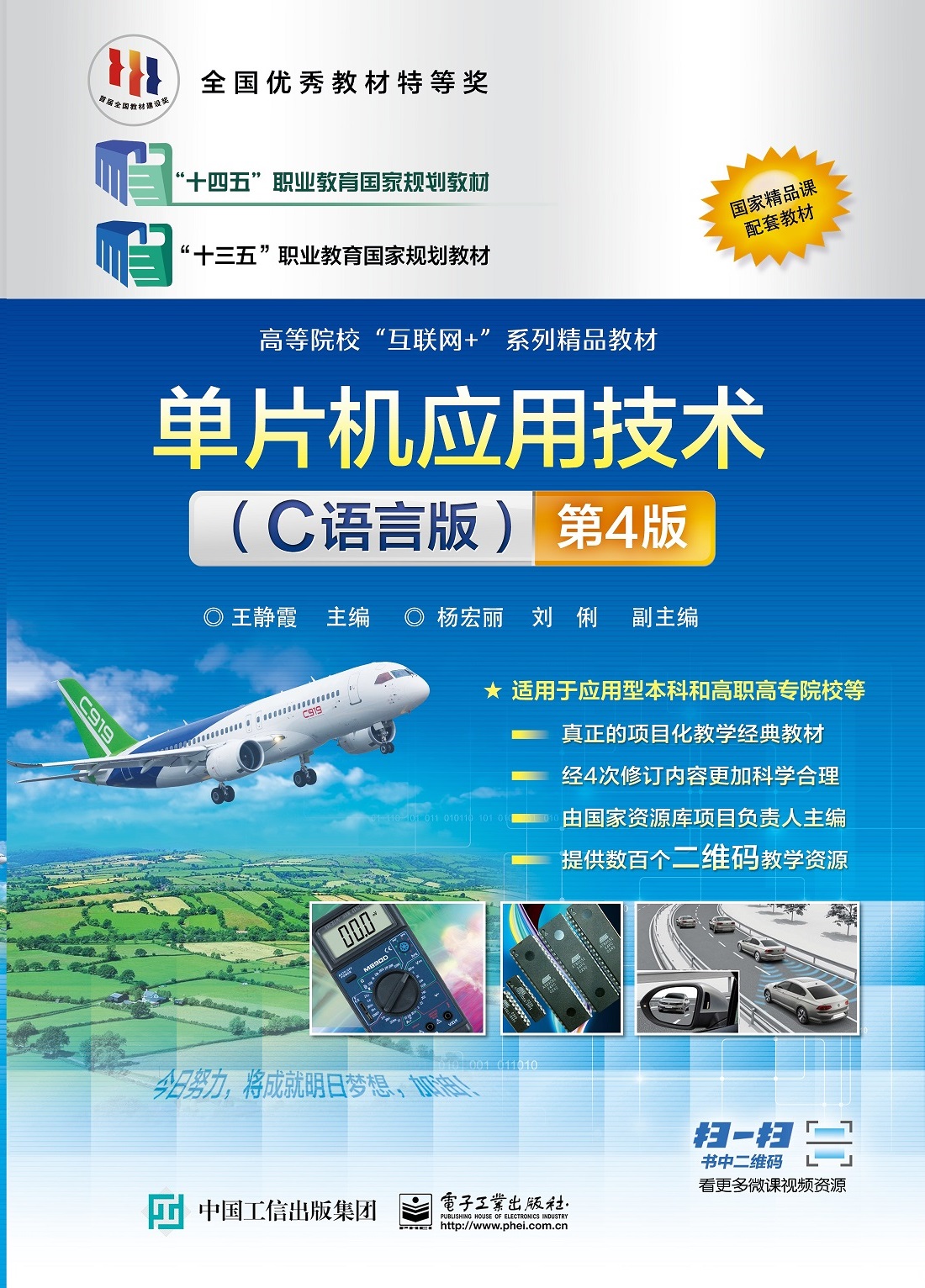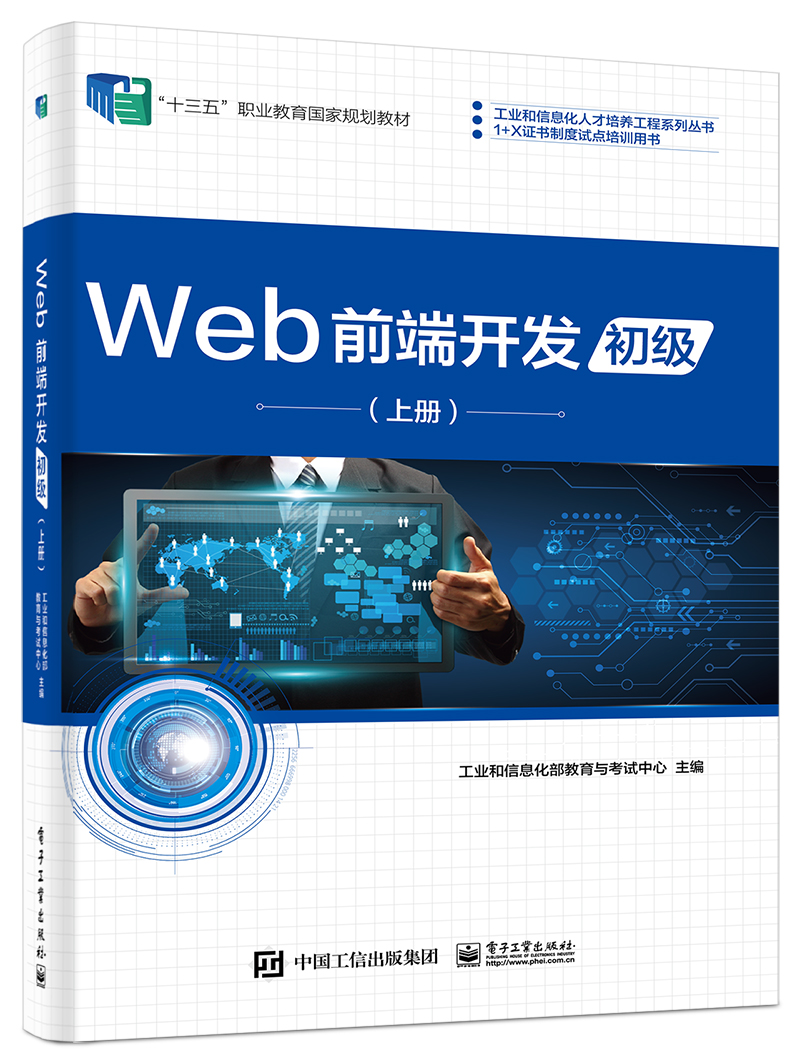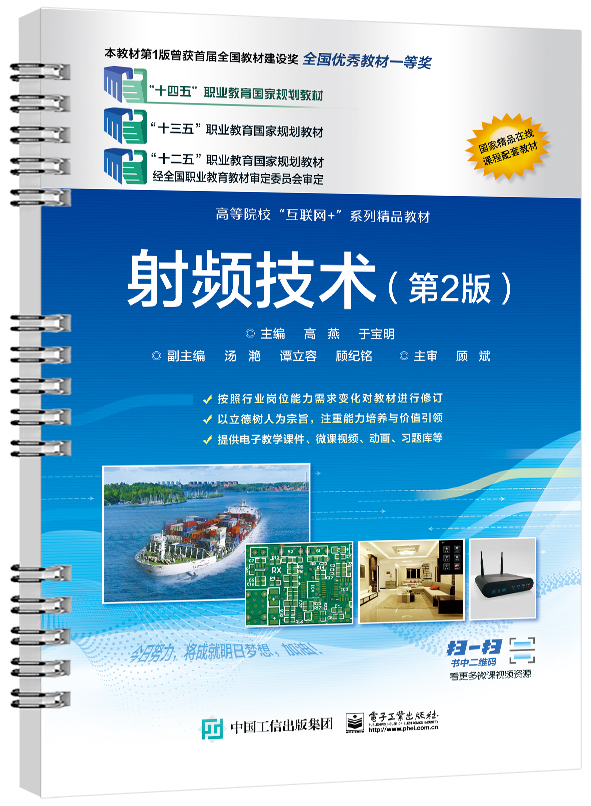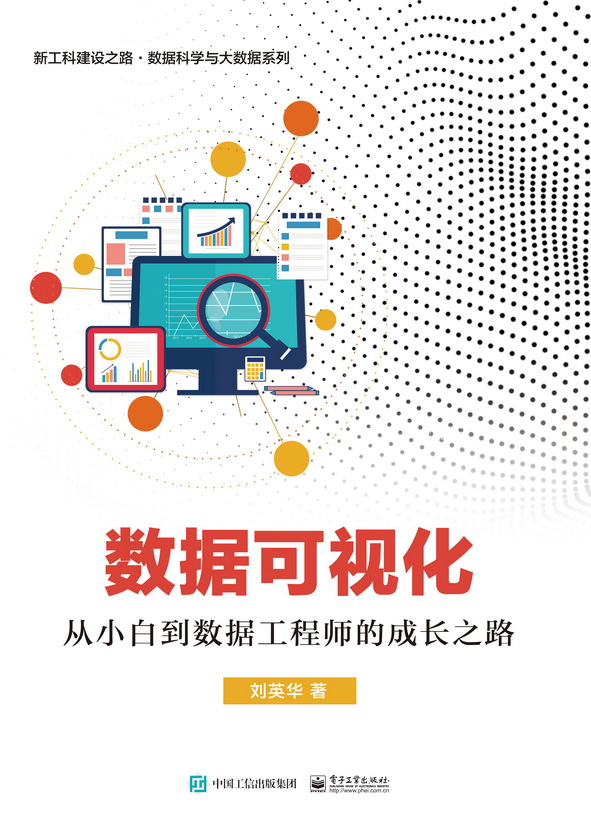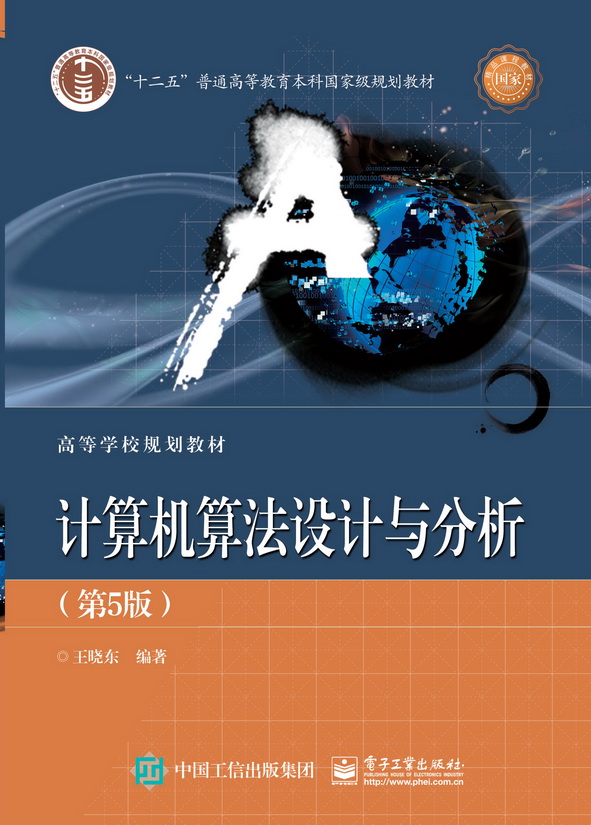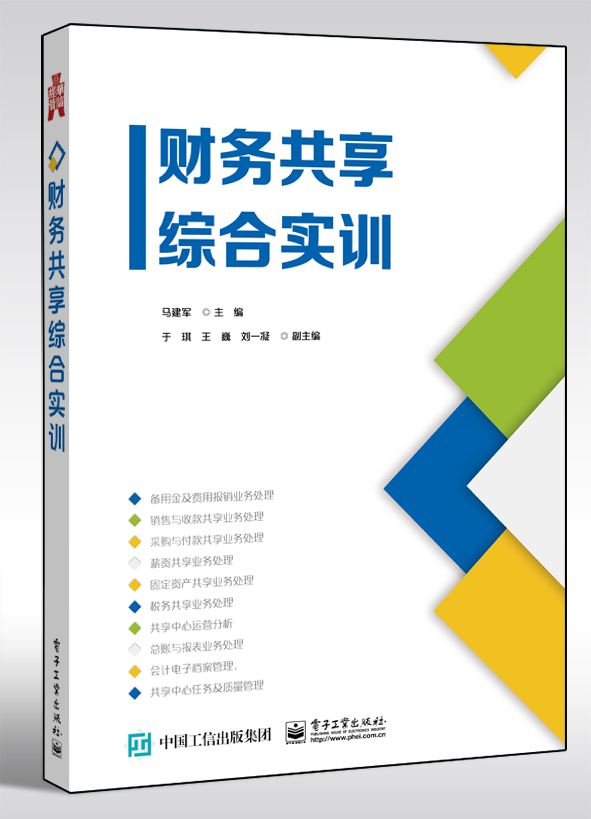媒介素养教育研究
作 译 者:胡婷婷
出 版 日 期:2016-05-01
书 代 号:G0286160
I S B N:9787121286162
图书简介:
本书以新闻话语分析为切入点来探讨在外语教学中开展媒介素养教育的必要性和可行性。全书共七章,第一章绪论,介绍研究目的和本书结构;第二章文献综述,阐述媒介素养、媒介素养教育、批评话语分析的相关理论;第三章理论框架;第四章案例分析;第五章本研究对教学的启示,基于定性的案例研究结果,探讨如何设计以新闻话语分析为视角的媒介素养教育模式;第六章结论,总结本研究的主要成果,指出本研究的不足和对未来研究的建议。
定价 48.0
您的专属联系人更多
联系人:蒋燕
电话:010-88254451
邮箱:jiangy@phei.com.cn
-
配 套 资 源
本书资源
本书暂无资源会员上传本书资源
-
图 书 内 容
内容简介
本书以新闻话语分析为切入点来探讨在外语教学中开展媒介素养教育的必要性和可行性。全书共七章,第一章绪论,介绍研究目的和本书结构;第二章文献综述,阐述媒介素养、媒介素养教育、批评话语分析的相关理论;第三章理论框架;第四章案例分析;第五章本研究对教学的启示,基于定性的案例研究结果,探讨如何设计以新闻话语分析为视角的媒介素养教育模式;第六章结论,总结本研究的主要成果,指出本研究的不足和对未来研究的建议。图书详情
ISBN:9787121286162开 本:32开页 数:160字 数:160.0本书目录
Chapter 1Introduction/ 11The research background/ 111The research motivations/ 112The research objectives/ 12The significance of the research/ 13The research data and methodology/ 131Research data/ 132Research methodology/ 14The organization of the book/ Chapter 2Media, media literacy and media literacy education/ 21Media/ 211What is media? / 212Studies on news/ 22Media literacy/ 221What is media literacy? / 222Characteristics and skills of media literacy/ 223Critical thinking/ 23Media literacy education/ 231What is media literacy education? / 232The purpose and “key concepts” of media literacy education/ 233Teaching media literacy/ 24Summary / Chapter 3Critical discourse analysis/ 31Critical discourse analysis/ 311News discourse studies/ 312Notion of CDA/ 313Previous studies on CDA/ 314Language, media and society/ 32Fairclough′s threedimensional model/ 33Halliday′s three metafunctions of language/ 331The ideational metafunction/ 332The interpersonal metafunction/ 333The textual metafunction/ 34Summary/ Chapter 4Analyzing news messages: an approach from CDA/ 41Data collection and sample cases selection/ 42Critical analysis of sample reports/ 421Description / 422Interpretation and explanation / 43Summary/ Chapter 5Conclusion/ 51Findings and implications of the research/ 52Limitations of the research/ Appendix 1Online Model for Learning the Elements and Standards of Critical Thinking/ Appendix 2Excerpts From Core Principles of Media Literacy Education in the United States/ Appendix 3Eight Key Concepts of Media Literacy/ Appendix 4Full Texts of the News Samples/ Appendix 5News Sources in the Samples/ References/展开前 言
Preface Today, we immerse in a complicated media environment Undoubtedly and unavoidably, the traditional literacy, which could not keep pace with the swift development of digital information and communication technologies, has been challenged and requires to be expanded My initial motivation for writing this book arises from a sense of responsibility and a keen interest in combining my research with my teaching As a college English teacher, I feel obligated to do something through my teaching to raise the students′ awareness of media literacy as well as to foster their media literate abilities and skills in today′s complex media world As we know, English is an important part of the compulsory curriculum in many countries, including China As media literacy education has been a particular concern for teachers of English or teachers of language and literature, much of the energy of media literacy educators has focused on the attempt to integrate media teaching within the curriculum for English (Bazalgette, 1991; Goodwyn, 1992; Hart and Hicks, 2001) “What does it mean to be literate?” and “How can the media literacy skills be fostered?” are two important and key questions in media literacy pedagogy This book suggests integrated strategies and interdisciplinary approaches in daily teaching It intends to adopt the idea of integrating Critical Discourse Analysis into media literacy teaching and foster the students′ critical thinking through deconstructing media messages This book could not have been completed without the help of many people I wish to express my sincere gratitude to all of them First, special acknowledgment is given to Prof Su Chengzhi, my respectable supervisor, who has retired for several years from the Foreign Languages College, Shanghai Normal University Second, I would like to take this opportunity to extend my thanks to my colleagues in the School of International Studies, Hangzhou Dianzi University, whose encouragements and help are constructive to the completion of this work The last but not the least, I feel grateful to my family for their unconditional love and support Contents展开作者简介
本书暂无作者简介 -
样 章 试 读
-
图 书 评 价 我要评论
